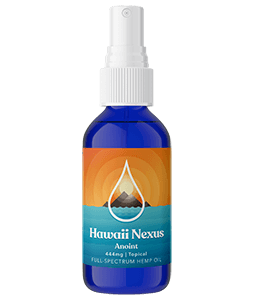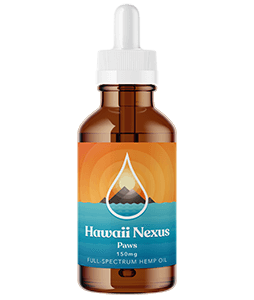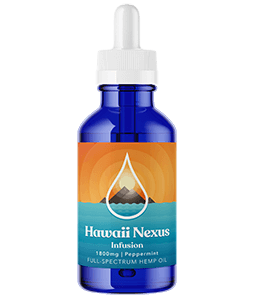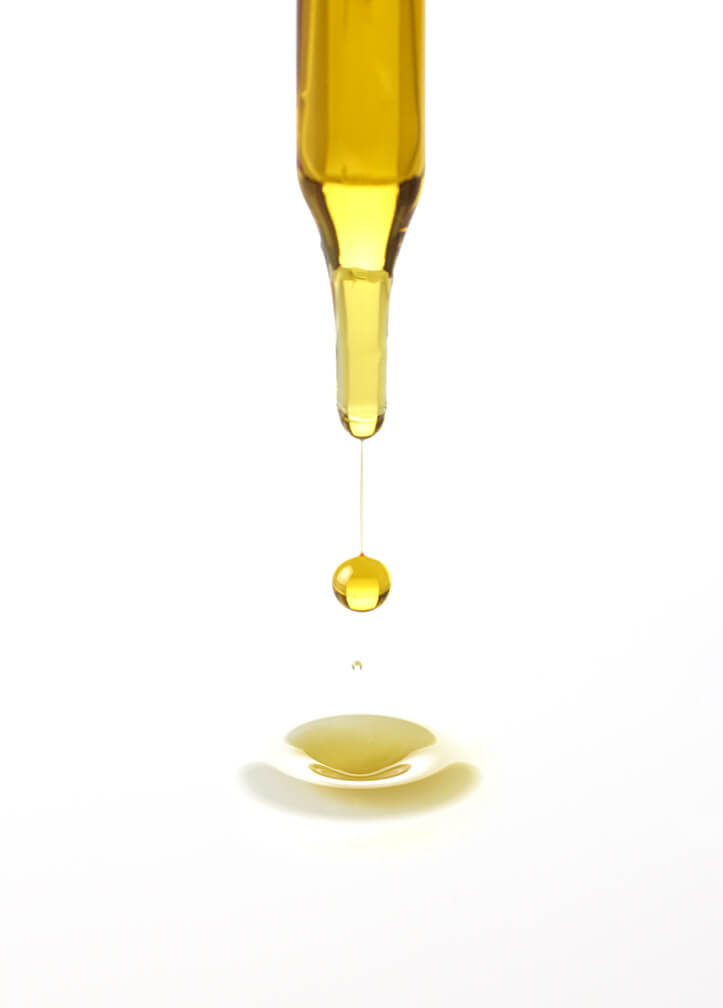What is full-spectrum CBD oil?
There are different phytocannabinoid-rich hemp oil formulas. You may be wondering, “what is a full-spectrum CBD oil? Additionally, you might also ask, “what are the differences between the three primary blends? There are three primary CBD oil blends. Each may offer different benefits, but experts and consumers continue to mention the advantages of whole-plant extracts.
Hemp Trichomes
CBD and the other compounds found in the hemp plant form in the trichomes, which are microscopic resin glands covering the plant. The highest concentration is located on the flowers. Its roots and seeds have nutritional value but don’t contain any phytocannabinoids, terpenes, or flavonoids. When the formula is full-spectrum, it includes all the compounds found in the trichomes.
Phytocannabinoids
Scientists have identified over 140 different plant-based cannabinoids. These compounds are exclusive to hemp. CBD and THC are the most studied phytocannabinoids. The first one to form in the trichomes is CBGa.
The remaining cannabinoids are converted from CBGa during the cultivation process. CBG is often fondly referred to as the “Mother of all cannabinoids.” Scientists are still studying these compounds to learn more about their potential benefits and how they interact with the endocannabinoid system.
Some of the other phytocannabinoids include,
- Tetrahydrocannabinolic acid (THCa)
- Delta-9 tetrahydrocannabinol (THC)
- Delta-8 tetrahydrocannabinol (THC)
- Cannabidiolic acid (CBDa)
- Cannabidivarinic acid (CBDVa)
- Cannabidivarin (CBDV)
- Cannabinol (CBN)
- Cannabichromene (CBC)
A unique aspect of plant-based cannabinoids is they are the only other compounds that have a “key” to the endocannabinoid system. Studies show they interact and activate the cannabinoid receptors in a similar manner to the body’s internal cannabinoids.
Terpenes
Unlike cannabinoids, there are over 20,000 terpenes found in nature. In the hemp plant, scientists believe there are between 100 and 200. Terpenes are responsible for the different fragrances hemp plants emit.
During the cultivation process, these chemicals protect the plant from predators and attract pollinators. After the harvest, terpenes are valuable wellness compounds that complement phytocannabinoids and terpenes. Hemp contains different percentages.
For example, myrcene is a dominant terpene in many plant varieties. Reports show some hemp strains contain up to 65% of myrcene in their terpene profile. Outside of hemp, myrcene is commonly found in mangos, hops, lemongrass, and basil. The second most abundant terpene is limonene. As the name suggests, it’s common to citrus fruits.
Other common terpenes in hemp include,
- Linalool
- Caryophyllene
- Alpha-pinene
- Beta-pinene
- Nerolidol
- Humulene
- Eucalyptol
- Terpineol
Flavonoids
Flavonoids produce the vivid colors of hemp flowers. They make up about 10% of the 545 hemp compounds. There are around 6,000 flavonoids identified in nature. About 20 have been identified in the popular plant. Many are found throughout nature, with one exception, cannaflavins. These are unique to hemp. Along with color, flavonoids offer the different flavors users experience with various plant varieties. A few of the typical classifications of flavonoids are
- Isoflavones
- Neoflavonoids
- Flavones
- Flavonols
- Flavanonols
- Catechins
Like cannabinoids and terpenes, flavonoids may have various wellness benefits. One known advantage of these compounds is the antioxidant potential, which may help fight free-radical damage.
An Overview of The Different CBD Oil Formulas
Consumers have a choice of three main hemp oil blends. The option that provides the most benefit is a whole-plant formula. However, some users need products without THC for potential sensitivities to the psychoactive compound or undergo regular drug screenings that check for THC. However, customers should be aware that the small amount of THC in the whole plant formula doesn’t produce a high.
Full-Spectrum
The premium CBD oil is the full-spectrum extract. It contains all 545 known naturally occurring compounds in hemp’s trichomes. The blend also includes up to 0.3% THC, which is the federally legal limit.
Consumers that choose a whole plant product may get the benefits of the rich terpene profile and phytocannabinoids. They also receive nutrients from the flavonoids and other rich phytochemicals that coat the hemp plant. Together they create a full-spectrum oil that provides enhanced wellness advantages.
In addition to the plant-based benefits users may get from this blend, they also receive a product that’s closer to nature. The other formulas go through more processing than the full-spectrum. You want CBD oil that provides the rawest form of the popular botanical.
Broad-Spectrum
Broad-spectrum is close to a whole plant extract. However, it doesn’t offer the same advantage. This blend removes the THC and keeps the other 544 compounds. To achieve the best response from hemp compounds, the small THC percentage needs to be part of the phytochemical solution. These formulas also go through additional processing, which can destroy many of the fragile chemicals. When you choose a full-spectrum, you get the most amount of plant-based wellness compounds.
Isolate
As the name suggests, an isolate is 99.5% pure CBD. The extract goes through multiple processing steps. During the first step, the compounds are separated from the plant components. The second part involves removing all other cannabinoids, terpenes, and flavonoids, leaving only CBD.
A third step consists of refining the extract until it reaches the purest state. The final product is a white crystalline powder that’s tasteless and odorless. While some consumers find the isolate excellent for achieving an exact dose for the CBD compound, others point out the possible reduced benefits from the other naturally occurring phytochemicals.
Full-Spectrum CBD Oil & The Entourage Effect
There’s a scientific theory behind the full-spectrum CBD oil advantage. The hypothesis was suggested by Ethan Russo, a phytocannabinoid expert, behind much of the modern research on hemp and cannabis plants. In his 2011 research paper published in the British Journal of Pharmacology, Russo proposes that the various hemp compounds work together to provide a synergistic response.
He points out that the different cannabinoids, terpenes, and flavonoids may have similar benefits, such as the anti-inflammatory properties of CBD, THC, CBG, myrcene, pinene, and limonene. Another example includes the sedative characteristics of CBD, THC, CBN, myrcene, linalool, and nerolidol.
Although this is only a theory, the entourage effect is based on grounded research. Further studies are necessary to confirm the hypothesis.
With the answer to the essential question, “What is full-spectrum CBD oil?” you have the information needed to choose the best hemp oil extract for you. Use this knowledge to start your all-natural wellness journey today.
These statements have not been evaluated by the Food and Drug Administration. This product is not intended to diagnose, treat, cure, or prevent any disease.
 Hemp Category
Hemp Category 















